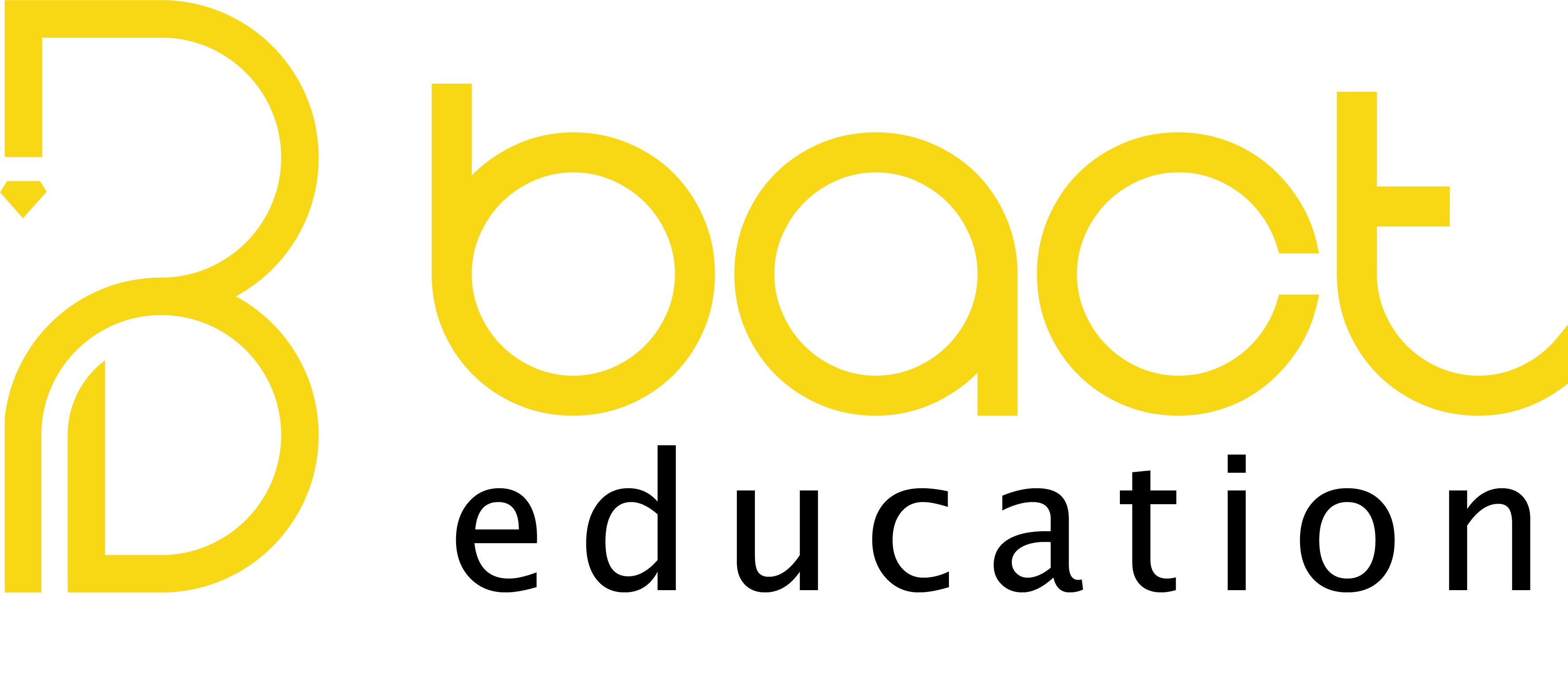*Article on Diversity as a Core Component of Mandatory Training (in English)**
A Core Pillar of Mandatory Training for Building Strong Institutions**
**Introduction:**
In an era of globalization and interconnectedness, workplaces and communities have become melting pots of diverse cultures and backgrounds. Acknowledging this reality, “Diversity and Inclusion” (D&I) has emerged as a fundamental pillar of mandatory training programs within leading organizations and governments. This topic is no longer a mere intellectual luxury but a strategic investment that ensures fairness, enhances productivity, and builds institutional reputation.
**Why is Diversity Taught in Mandatory Training?**
1. **Legal and Ethical Compliance:** Modern legislation and laws often mandate principles of equality and non-discrimination in the workplace. These training sessions ensure all employees are aware of and understand these regulations, thereby reducing legal risks for the organization.
2. **Creating a Safe and Productive Work Environment:** The goal is not merely the presence of diverse individuals, but the creation of an environment where everyone feels welcome, respected, and able to do their best work. Diversity training helps eliminate conscious and unconscious biases and reduces unacceptable practices like bullying or discrimination.
3. **Fostering Innovation and Decision-Making:** Studies consistently show that diverse teams think more broadly and make better decisions. When different perspectives and experiences converge around a table, problems are analyzed from multiple angles, leading to more creative and effective solutions.
4. **Enhancing Customer and Public Service:** A diverse organization that understands the diversity of its community is better equipped to design products and services that meet the needs of a broader customer base. It also gains the trust of the society it serves.
**Core Content of Mandatory Diversity Courses:**
These courses typically focus on:
* Defining the concepts of **Diversity, Equity, and Inclusion (DEI)**.
* Identifying **implicit and explicit bias** and strategies to mitigate it.
* The art of **respectful communication** in a diverse setting.
* **Organizational policies** regarding equality, and the prevention of harassment and discrimination.
* **Real-world case studies** to illustrate best practices.
**Conclusion:**
Incorporating the “Diversity and Inclusion” module into mandatory training sends a powerful message from leadership, affirming that human value is the standard for appreciation. It is a practical step towards transforming the workplace from a mere site for performing tasks into a micro-community that respects differences and converts them into positive energy that drives progress forward. Our investment in understanding diversity today is a guarantee for the sustainability and excellence of our institutions tomorrow

